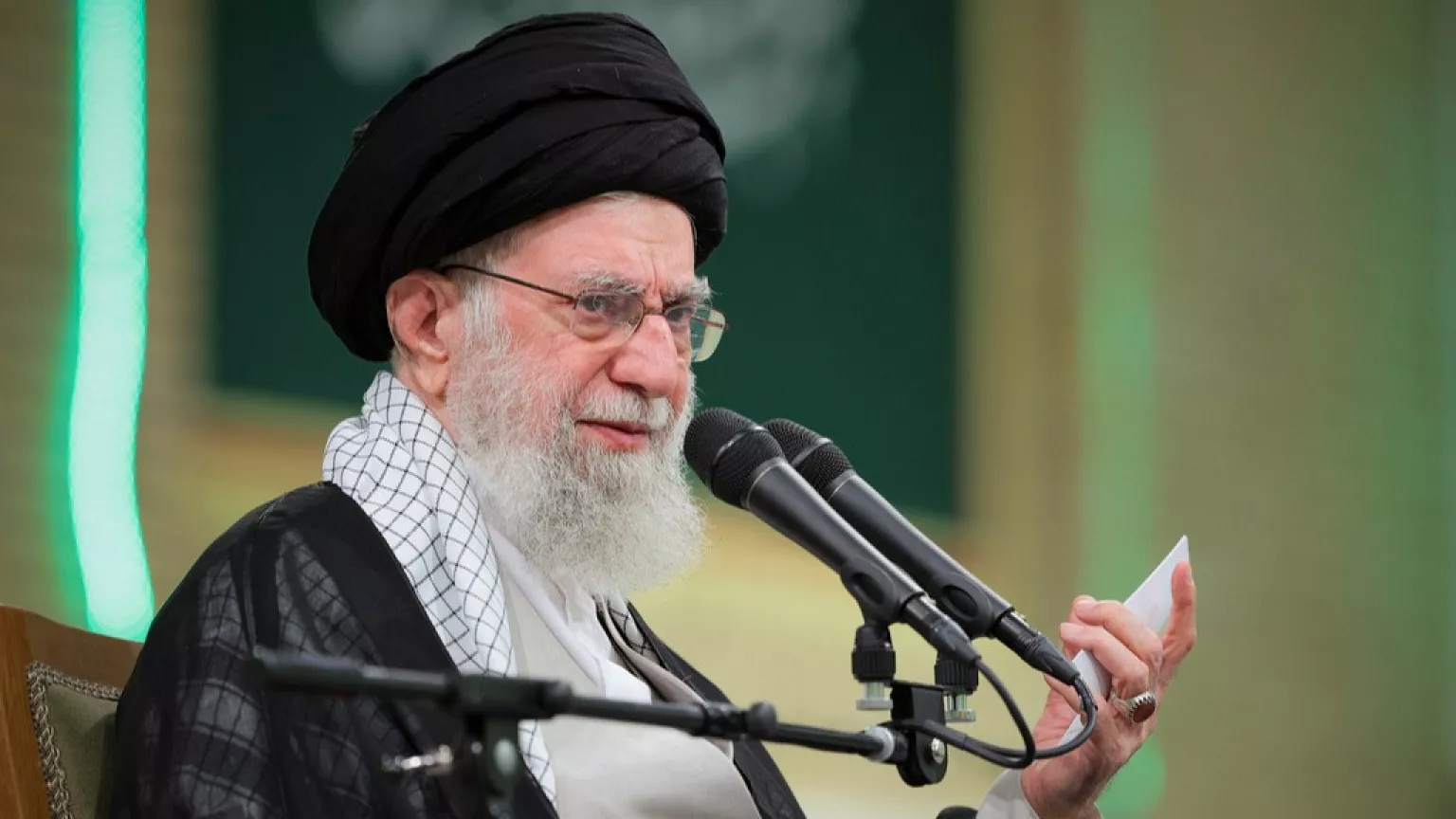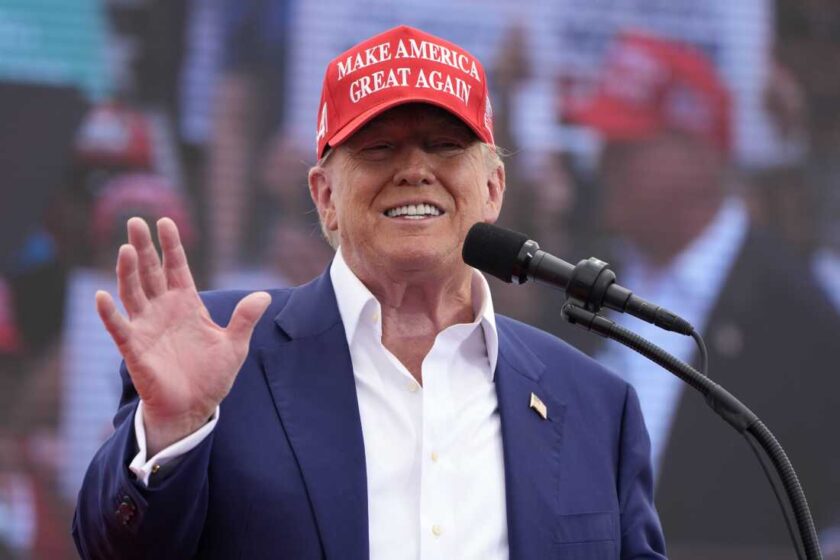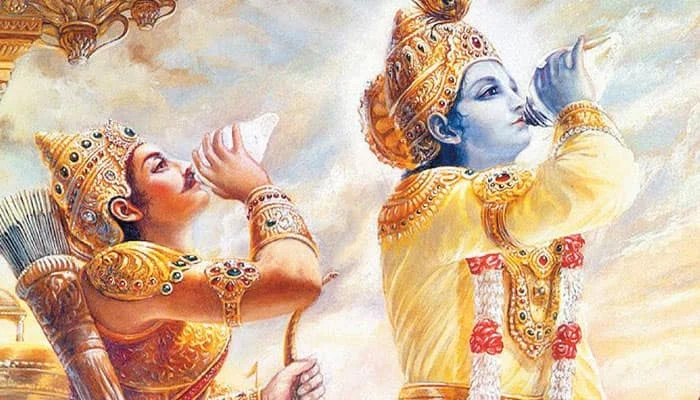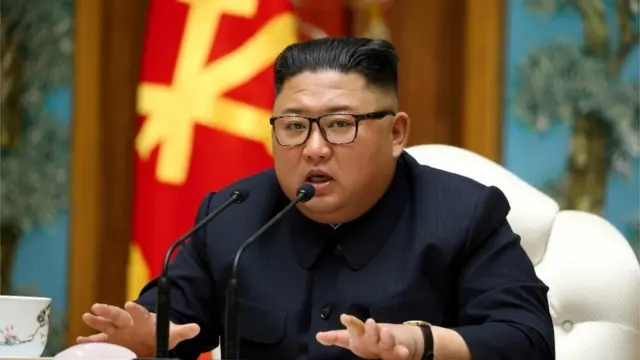Tehran: As the dust settles following the tense standoff between Iran and Israel, a new question has emerged on the global stage — Where is Ayatollah Ali Khamenei?
The 86-year-old Supreme Leader of Iran has not been seen in public for over a week, sparking widespread speculation and concern across international circles. Major global publications such as The New York Times and The Times of Israel have highlighted his unusual absence, especially in the aftermath of a conflict that had the world on edge just weeks ago.
Silence Fuels Speculation
Khamenei’s absence comes in the wake of heightened conflict between Iran and Israel, which escalated sharply around June 13. Since then, he has neither appeared publicly nor issued any official statements. With no confirmation of his health or location, questions are now being raised about whether he is safe — or even in control.
According to unverified sources, it is believed that Khamenei may have been moved to a secure and undisclosed location amidst growing security threats. Some intelligence analysts have speculated that Iran’s leadership feared an assassination attempt by Israeli operatives, prompting the Supreme Leader’s sudden disappearance from public life.
Signals, but No Statements
In an interview with The New York Times, Mehdi Fazayeli, an official associated with Khamenei’s archive, declined to comment directly, saying only, “We must pray for him. His security team is doing their job. We hope the people can celebrate victory with him soon.”
Adding to the mystery, a rally in Tehran witnessed women holding large portraits of Khamenei — a move that traditionally precedes an important public message. However, no message followed, further deepening the unease around his whereabouts.

Succession Rumours Intensify
The extended absence of Iran’s top cleric has also reignited debate over who could succeed him, should his health be failing. At 86, Khamenei’s advanced age and the mounting internal pressures on his leadership have raised alarms even within Iran.
Reports suggest internal power struggles may already be underway, particularly from moderate factions who have long opposed Khamenei’s hardline policies. Many within Iran’s reformist circles argue that his aggressive stance towards Israel has exacerbated tensions unnecessarily and pushed the country into avoidable conflict.
A Nation in Limbo
As Iran navigates the post-conflict landscape, the uncertainty surrounding its most powerful figure casts a long shadow. The absence of clear communication from the leadership, combined with geopolitical instability and internal dissatisfaction, has created a vacuum — one that could prove pivotal for the nation’s political future.
For now, the world watches and waits. The question remains unanswered: Where is Ayatollah Khamenei — and what does his silence mean for Iran?






